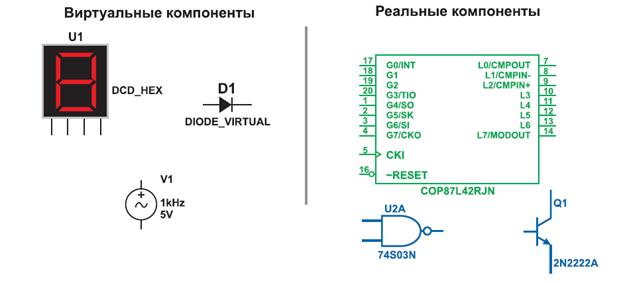Types of Aircraft Engines
There are several types of aviation engines, namely: piston or internal combustion engines and jet engines. Jet engines are further subdivided into three main groups: gas turbines, ram jets and rocket engines. The first to be considered is a piston or reciprocating engine. Piston engines are also called internal combustion engines as combustion takes place inside the cylinder. Gas-turbine engines are widely used nowadays. They, in their turn, are classified as turbojet, turboprop, turbofan or by-pass and turboshaft engines. The turbojet engine relies entirely upon jet thrust in developing its propulsive force. The turbojet engine draws air into a compressor, usually consisting of several stages. This compressed air then enters a combustion chamber where fuel is added and the mixture is burned. The hot gas is then expelled at a very high velocity through a turbine wheel producing thrust. The turboprop engine is basically a gas-turbine engine fitted with a propeller. The propeller provides most of the propulsive thrust. The turboprop combines features of both piston and turbojet engines. The operating ceilings of turboprop aircraft are somewhat lower than those of pure jets. On the other hand, the propeller can produce great amounts of thrust instantly at low altitudes resulting in shorter take-off and landing capabilities, the latter because of the availability of reverse thrust which also permits turboprop aircraft to taxi backwards. The turbofan or by-pass engine differs little from the turboprop. Instead of the propeller, the turbofan engine has an axial-flow fan. Unlike the turboprop engine, the turbofan obtains additional energy from the gases expelled through the exhaust cone, bypassing the compressor, combustion and turbine sections. Advantages of the turbofan include good performance at low altitudes and shielding of exhaust gases from the engine inside a circle of cooler air, thus reducing the noise which is created by hot exhaust gases hitting a cold atmosphere abruptly. Turboshaft engines are used in helicopters where the turbine connected to a rotor drive shaft, in addition to the compressor, drives helicopter rotors. The ramjet differs from the turbojet or turbofan in having no moving parts. The ramjet cannot operate from rest, but it is suitable for augmenting thrust of the turbojet engine, or as the main power source when rocket boosters can be provided for take-off. Rocket engines are grouped into two basic types: liquid propellant and solid propellant rocket engines. The latest generation aircraft engines are of advanced technology designs. Advantages of the advanced technology engines lie mainly in their low noise levels, use of new materials that lead to lighter and more economic power plants. All aviation engines must meet the following requirements: low weight, low cost, low specific fuel consumption and high reliability.
|




